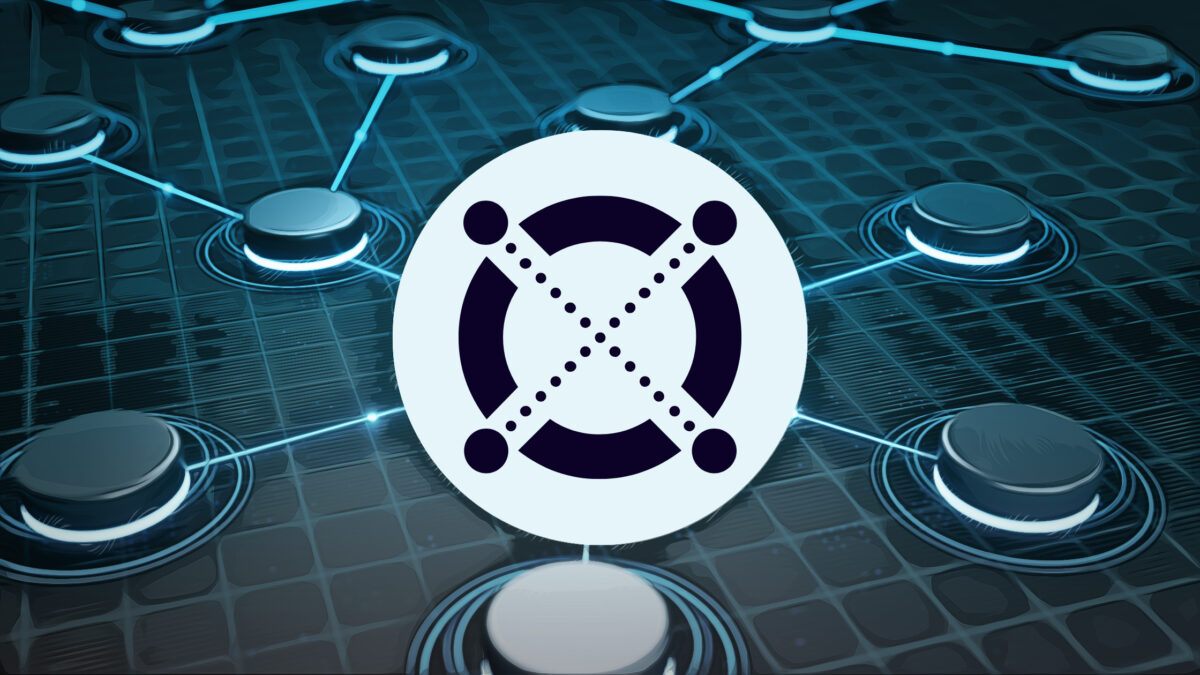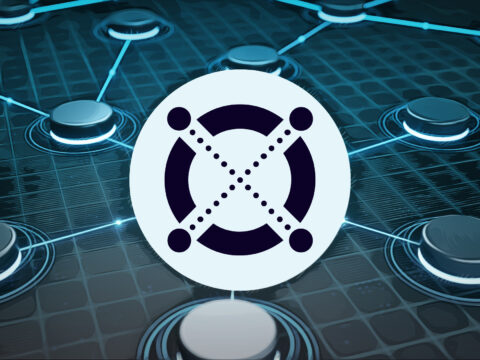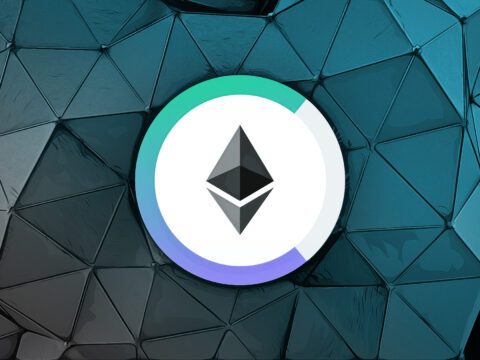
EGLD is the native mainnet token of the Elrond blockchain network, a highly scalable, fast, and secure blockchain platform built for the internet scale. EGLD replaced the ERD ERC20 and BEP2 tokens in July 2020 when Elrond launched its mainnet.
Brothers Beniamin and Lucian Mincu co-founded Elrond in partnership with Lucian Todea back in 2017 to address the scalability issues of networks experienced by Ethereum.
The team behind the project opted to run an Initial Exchange Offering (IEO) on the Binance launchpad, instead of the more traditional Initial Coin Offering (ICO), in July 2019.
The target of $3.25 million worth of BNB was reached by the end of the offering, as the project had attracted attention from investors ever since its announcement.
By using its novel “Adaptive State Sharding” approach to increase throughput, Elrond has gained its place as one of the most attractive projects in the ecosystem for investors, as well as establishing partnerships with digital healthcare & computer vision providers.
The project has already been audited by Trail of Bits, a security firm that provides its services to companies like Facebook & DARPA. The firm performed two security audits and additional architecture, economics & code audits.
In addition to these independent audits, Elrond made its code available to the community in June of 2021, bringing the benefits of open-source software to the platform by allowing users to audit the code while reporting bugs and vulnerabilities.
What is the Purpose of EGLD?
Despite working as the transactional token of the network, EGLD is not limited to working as a medium of exchange between users and developers but also allows its holders to participate in the governance of the network, engage in staking, complete transactions, create smart contracts, and receive validator rewards.
These functions allow the token to power the entirety of the Elrond Ecosystem, which was designed to be a highly scalable public blockchain via adaptive state sharding and secure proof of stake, addressing the limitation of existing blockchain networks at the time.
Elrond gives particular importance to the network’s security to ensure resistance to known security threats like Sybil attack, 51% attack, Nothing at Stake attack, and similar techniques that can potentially disrupt blockchain networks and cause massive losses to its users.
Elrond aims to provide an alternative that offers full decentralization, robust security, high scalability, efficiency, bootstrapping and storage enhancement, and cross-chain interoperability.
With all of these features, Elrond seeks to become the go-to option that developers, validators, and businesses can use to build a new internet economy.
How Does EGLD Work?
Elrond uses a combination of Shards, MetaChains, and Nodes, with each of these components looking to provide versatility and advantages at different levels.
The Adaptive State Sharding introduced by Elrond combines three sharding types into a fully sharded Architecture that includes state, transactions, and network sharing. This results in a solution that improves communication inside the shards and increases performance via parallel processing.
The network has also established 3 roles that nodes can take: Validator, observer, and Fisherman. When combined with adaptive state sharding, this approach eliminates energy and computational waste, scaling limitations, and security vulnerabilities.
As in other networks, validator nodes are in charge of processing transactions and securing the network while earning rewards.
On the other hand, Observer nodes have a passive role that reads and relays the data in the network, granting access to third parties to make use of it. Lastly, fisherman nodes are in charge of verifying the validity of blocks after being proposed, further ensuring the integrity of the network.
Elrond uses a dedicated smart contract execution engine called Elrond Virtual Machine (Elrond VM).
Developed using WebAssembly (WASM), Elrond VM allows developers to use different programming languages such as Rust, C/C++, C#, and Typescript, facilitating the development of dApps and integration of the network.





